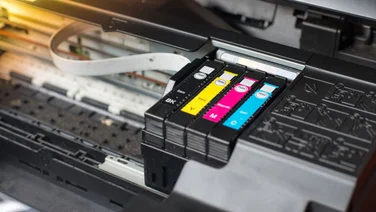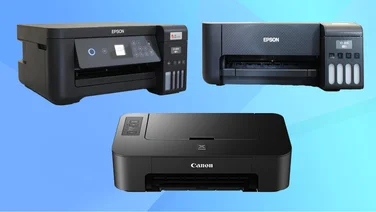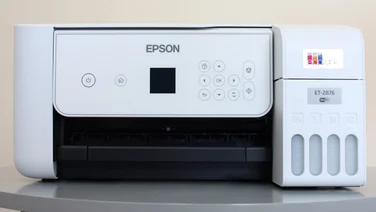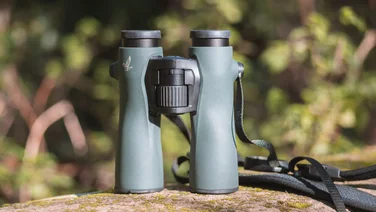To help us provide you with free impartial advice, we may earn a commission if you buy through links on our site. Learn more

Bridge cameras are increasingly using larger sensors in a bid to boost image quality, with flagship models from Sony, Panasonic and Canon all coming with 1in sensors. Nikon clearly believes there’s still an appetite for bridge cameras that use the 1/2.3in sensors commonly found in cheap compacts. The P610’s smaller sensor means it can squeeze a 60x zoom into its diminutive frame. With a price well below £300, it’s much less expensive than the 1in bridge cameras.
Virtually any camera can have a decent stab at shooting nearby or large subjects in bright light. With its massive zoom lens, the P610 can also shoot small, distant subjects in bright light, but but the small sensor means it’s unlikely to be so successful in low light. The f/6.5 maximum aperture at the long end of the zoom reinforces this. There’s not much light hitting the sensor, so the P610 has its work cut out for telephoto shots in anything but direct sunlight.

Elsewhere, the P610 has a mix of upmarket and entry-level features. There’s an articulated screen, full manual exposure control and built-in GPS for geo-tagging photos. W-Fi with NFC is included too, although that’s pretty much standard across all cameras these days. The electronic viewfinder’s 921,000-dot (640×480 pixel) resolution is a step up from the budget viewfinders we’ve seen in the past but it’s smaller and less detailed than the 800×600 and 1024×768 viewfinders that are common on pricier cameras.

There are a few functions aimed at enthusiasts, such as automatic exposure bracketing and rear-curtain flash, but the lack of a hotshoe for external flashguns and RAW capture are less likely to please enthusiasts. Bizarrely, there’s no orientation sensor, so portrait-shaped photos must be rotated manually on a computer. There are quite a few buttons and dials dotted around the camera, but access to key photographic settings such as ISO speed, drive mode and white balance are via the main menu only. It’s possible to assign either of these – plus various other functions – to the Fn button on the top plate, and it’s unusually easy to reassign this button. Even so, I’d have preferred a quick-access menu that provides shortcuts to the most commonly used buttons. I’d have also liked the ability to reassign the Delete and Wi-Fi buttons, which I don’t have much call for while shooting.
There are two levers to control the zoom function – one around the shutter button and another on the lens barrel. Only the former has a two-speed action, zooming faster when the lever is pushed harder. The lens barrel is also home to a button that momentarily zooms out to help locate subjects in the frame before zooming back in. Canon has been offering this for years but it’s welcome here nonetheless, particularly as locating subjects with a 1440mm (equivalent) focal length isn’t at all easy.

Big zooms tend to be used for wildlife and sports photography, and these also require fast performance. The P610 doesn’t break any records in this respect, managing a shot every 1.1 seconds in my tests. Autofocus was mostly responsive, but quite often it hunted back and forth for about a second before finding the subject. It’s easy to move the autofocus area around the frame via the rear navigation pad. I got on well with the Target Finding AF mode, which tries to guess what to focus on and was generally very reliable. Continuous mode delivered seven frames in a second but stopped for six seconds to save them. An alternative mode kept going indefinitely at 2.1fps. It’s all respectable enough, but nothing special.
Video quality
Videos are recorded at 1080p at a choice of frame rates from 25 to 60fps. Picture quality was up to scratch, particularly in low light where noise wasn’t as intrusive as I expected, given the sensor size. A combination of optical and electronic stabilisation kept handheld shots steady, and they coped admirably at the long end of the zoom.
There’s no manual exposure for video capture, but there’s an option to lock the exposure while recording. The soundtrack picked up rattles and whirs from the lens’s zoom and autofocus motors, and autofocus sometimes wandered completely off course. This is a camera I’d be happy to use for casual videos but I’d be hesitant to rely on it for important occasions.
Photo tests
My photo tests revealed a similar mix of strengths and weaknesses. Focus was sharp right into the corners of the frames throughout most of the zoom range – a superb achievement. The only notable weakness was at the maximum telephoto zoom setting, where fine details became a little vague and there was a hazy glow around highlights, but it wasn’t particularly noticeable at normal viewing sizes.
Some noise was visible even in brightly lit shots and fine details were a bit fuzzy, but again, you’d have to magnify or crop the image to see these issues. I had expected image quality to plummet when shooting at the long end of the zoom in overcast weather, but it held up surprisingly well. These aren’t photos you’d print out and frame, but they’re fine for sharing online. The camera used surprisingly slow shutter speeds in order to keep the ISO speed – and noise levels – down, but the optical stabilisation managed to avoid blur due to camera shake in most instances. It couldn’t do anything to avoid blur due to subject motion, though. This is a camera that’s much better at shooting static subjects than moving ones. I also found that the metering over-exposed some of my test shots.

^ Flattering colours and sharp focus in this wide-angle shot. (1/1,000s, f/3.3, ISO 100, 24mm equivalent)

^ The other end of the zoom from the same vantage point. Direct sunlight keeps the ISO speed low and image quality up. (1/250s, f/6.5, ISO 110, 1440mm equivalent)

^ Returning to the same spot in overcast weather means the ISO speed has been pushed up to 720. Noise reduction has smudged fine details but it’s still a decent result. (1/250s, f/6.5, ISO 720, 1440mm equivalent)

^ Another decent telephoto shot, but the dark background has led to an over-exposed subject and there’s some blooming around clipped highlights. (1/250s, f/6.5, ISO 400, 1440mm equivalent)

^ Great skin tones and plenty of detail in the skin, hair and clothing textures. (1/100s, f/4, ISO 100, 55mm equivalent)

^ The automatic exposure mode found this scene surprisingly difficult. (1/320s, f/4, ISO 100, 45mm equivalent)
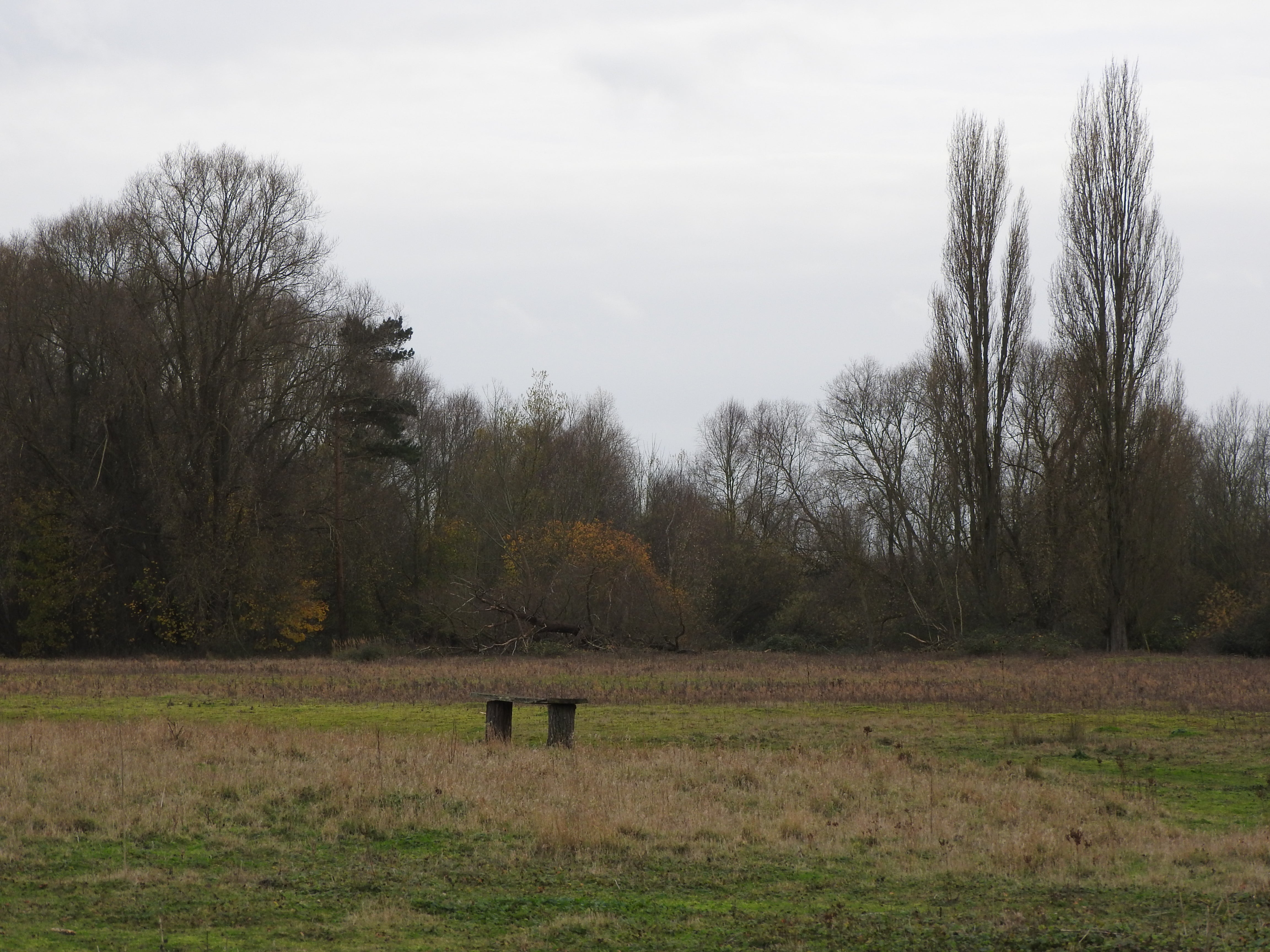
^ Dense foliage looks vague but lens sharpness is hard to fault – all the more remarkable considering the huge zoom range. (1/60s, f/5, ISO 110, 135mm equivalent)

^ The camera has picked a surprisingly slow 1/15s shutter in this scene to keep noise down, but the optical stabilisation kept shots consistently sharp. (1/15s, f/5, ISO 450, 135mm equivalent)

^ Optical stabilisation can’t compensate for moving subjects. 1/4s is far too slow for portrait shots. (1/4s, f/4, ISO 800, 45mm equivalent)

^ Raising the ISO speed manually inevitably pushes up noise levels but it’s a passable snapshot. (1/20s, f/4, ISO 3200, 45mm equivalent)
Conclusion
There’s not much to criticise about the P610, but its lens and sensor combination simply don’t capture enough light to give the levels of rich, clean detail offered by the Panasonic FZ1000. Then again, it doesn’t cost £600. £265 is an extremely reasonable price for a camera that makes a decent stab at wildlife photography – as long as it’s relatively sedentary. I still prefer the Panasonic FZ330 or its predecessor, the FZ200, which use a 24x zoom lens with a constant f/2.8 aperture. This means they capture five times as much light as the P610 at the long end of the zoom, giving a significant boost to image quality. However, for some people, the Nikon P610’s 60x zoom, Wi-Fi and GPS may tip the balance back the other way.


